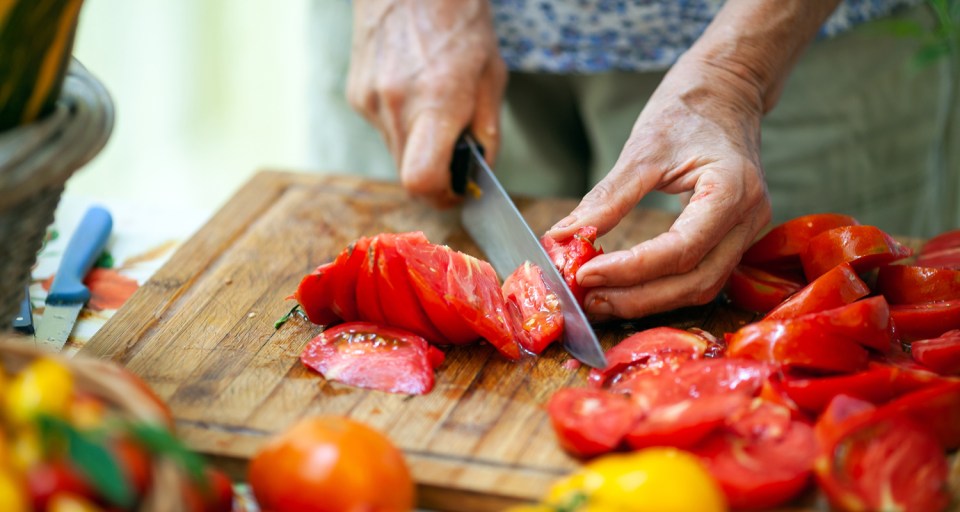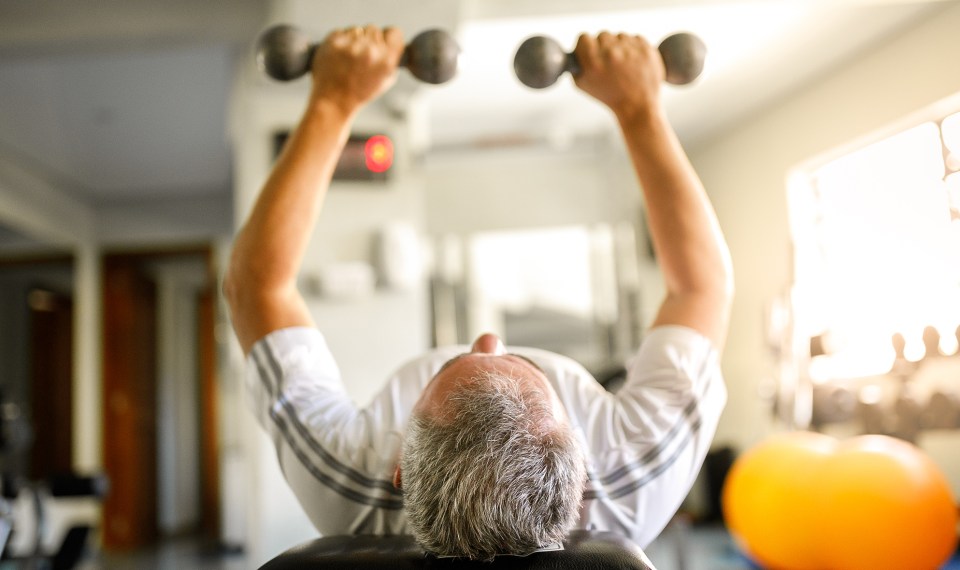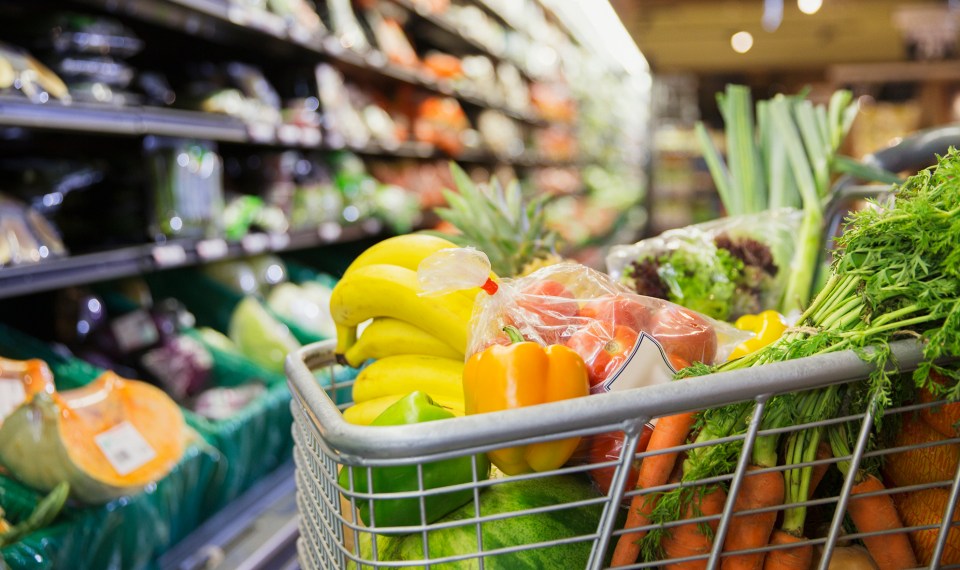After a stroke, a heart healthy diet and adequate nutrition play a critical role in reducing the risk of another stroke. This can be difficult, especially for those with dysphagia.
Dysphagia, a common side effect of stroke, is the medical term used for swallowing difficulties. This can affect a patient’s ability to eat, which can make maintaining a healthy diet even more difficult.
To assist those recovering from a stroke in maintaining a healthy diet, Encompass Health supported the creation of the American Heart Association/American Stroke Association’s “Simply Good: A cookbook for stroke survivors and their families.” In addition to serving up healthy recipes, the cookbook offers tips to helps those recovering from stroke, whether it’s modifying foods to help with swallowing or making meal preparation easier.
“This cookbook teaches patients and caregivers how to use everyday food and make it appropriate for swallowing ability,” said Angie Nyp, Encompass Health’s national senior manager of nutrition services. “You don’t need to make a separate meal. Everyday items can be adjusted to meet different needs.”
Download the cookbook now
Eating well
The cookbook recipes are heart healthy and approved and developed by AHA/ASA’s cookbook team.
“The recipes are low sodium and low in saturated fat,” Nyp said. “These are both very important factors for managing blood pressure and cholesterol levels.”
In addition to heart healthy recipes, the cookbook also offers general tips on how to eat well after a stroke. They include:
- Eating a variety of fruits and vegetables
- Choosing fiber-rich whole grains, such as oats and brown rice
- Limiting added sugars
- Avoiding trans fats, such as packaged cookies and cakes
- Limiting saturated fats found in fatty meats and full-fat dairy products
Modifying meals
The cookbook follows the standards of the International Dysphagia Diet Standardization Initiative (IDDSI), which divides food textures into eight levels, with Level 7 Regular being normal everyday foods that don’t require modifications. All recipes in the book are at Level 7, but each recipe includes modifications, such as pureeing or cutting food up into small bites, to allow them to be adapted for those with different degrees of swallowing difficulties.
Meal preparations
Cooking can often be a difficult task for those recovering from a stroke. Standing for longer periods of time or keeping a cutting board in place can be a challenge.
“Simply Good” provides useful tips to help stroke survivors meal prep. They include:
- Creating a weekly meal plan that incorporates a variety of healthy options
- Select foods that have the American Heart Association Heart-Check mark on the packaging
- Purchase pre-cut or chopped meats and vegetables
- Use rubber mats under bowls and cutting board to keep them in place
- Use a chair to provide support while standing and take sitting breaks when needed
Whether it’s offering tips for snacking or ways to modify meals to make it easier to swallow, Nyp said “Simply Good” offers a variety of solutions, as well as tasty recipes to help stroke survivors eat healthy.
The content of this site is for informational purposes only and should not be taken as professional medical advice. Always seek the advice of your physician or other qualified healthcare provider with any questions you may have regarding any medical conditions or treatments.



